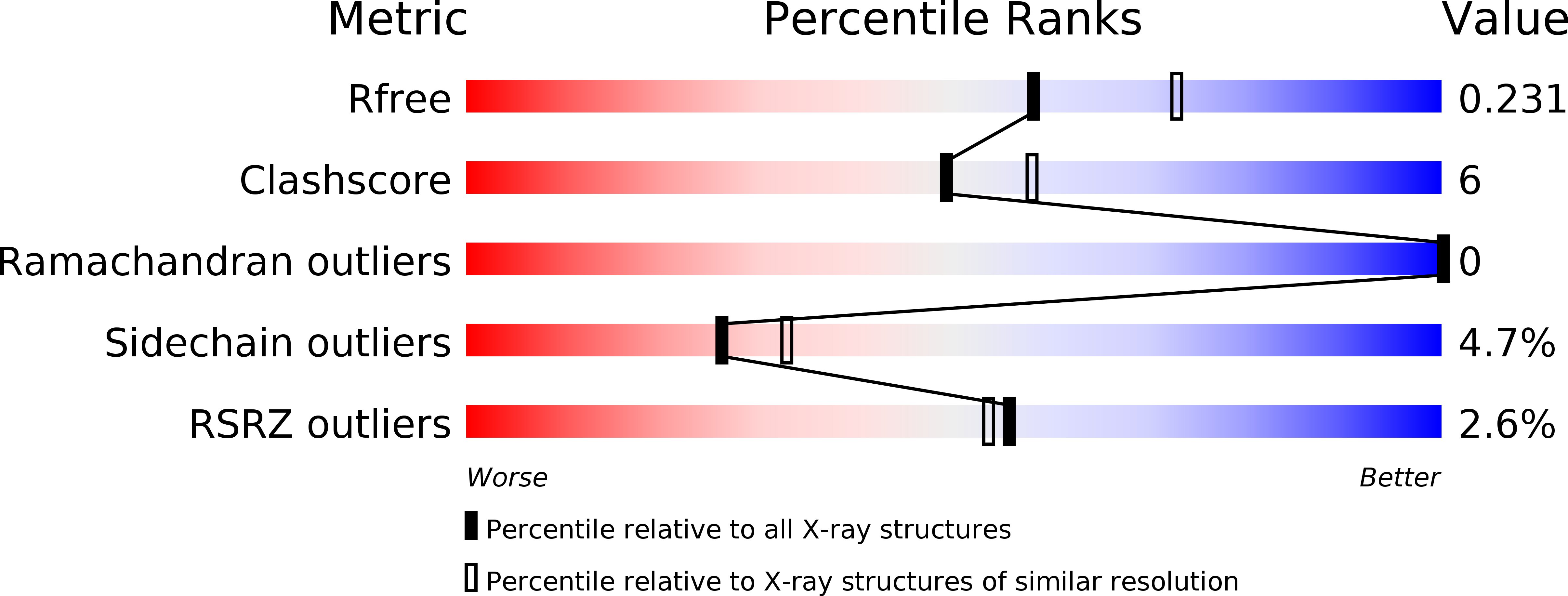
Deposition Date
2014-12-10
Release Date
2015-06-03
Last Version Date
2023-09-27
Entry Detail
PDB ID:
4X8K
Keywords:
Title:
Mycobacterium tuberculosis RbpA-SID in complex with SigmaA domain 2
Biological Source:
Source Organism:
Mycobacterium tuberculosis (Taxon ID: 1773)
Host Organism:
Method Details:
Experimental Method:
Resolution:
2.20 Å
R-Value Free:
0.23
R-Value Work:
0.19
R-Value Observed:
0.19
Space Group:
P 31 2 1


